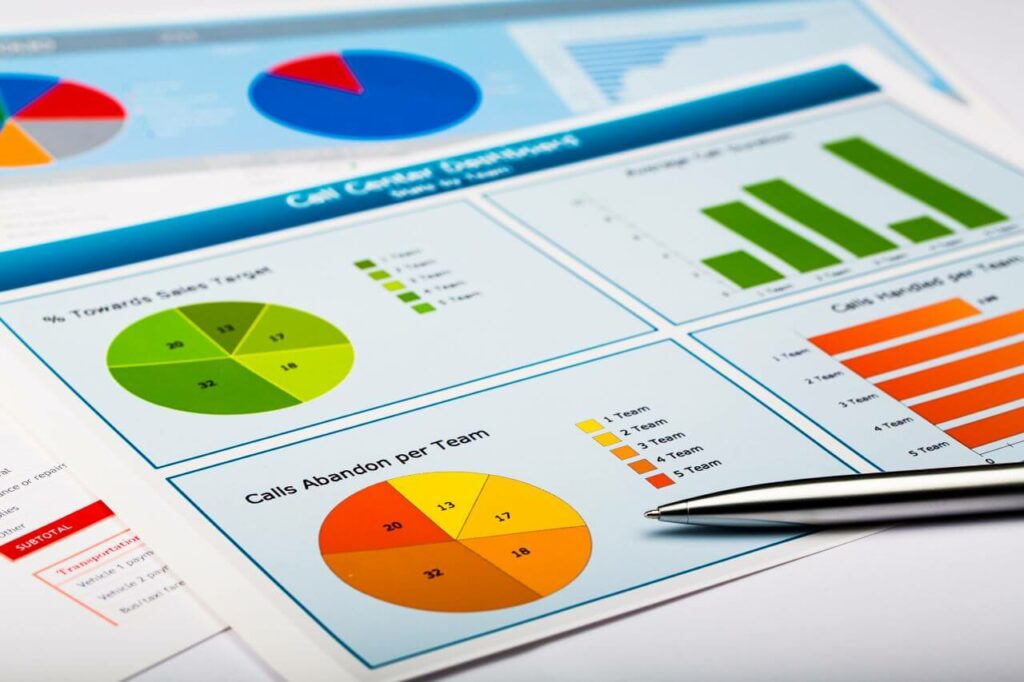Visualize yourself managing a project to deliver an authorization system for employees of a bank on a tight timeline. One moment, everything is going smoothly. And then somehow the staff database for your project backend development gets corrupt.
Now your project is stalled as you definitely need to fix this first. The fix Is going to take time, effort, and funds. However, your project’s budget, schedule, and resources have made no provision or reserves for this.
The bottom line is that you really didn’t do your homework. As a project manager, understanding and applying the concept of project reserves is crucial to your ability to manage your projects successfully.
In this post, I’m going to explain the fundamentals of reserve analysis in project management, its importance, and how you can utilize it to give your project a much greater chance of success.
Also, if you are preparing for your PMP certification exam, reserve analysis is one topic that pops up often and it’s important you understand project reserves, the types of reserves, and the differences between them. This article is going to give you a comprehensive walk-through on this.
What is Reserve Analysis in Project Management?
Reserve analysis is a project management technique for estimating and allocating resources to deal with the effects of project risks that could occur.
As a Project Manager, it’s important that you always look for ways to plan ahead and proactively manage the risks to your projects to ensure success.
With reserve analysis, you can plan ahead for the possibility of project risks occurring to ensure that your projects are completed within their schedules and budgets.
The main purpose of this technique is to assess the risks that may occur in your project, and estimate and set out reserves to act as buffers in case these risks actually occur.
This is a proactive approach to project management that involves identifying potential project risks, assessing their likelihood and impact of occurrence, and determining the amount of time or money contingence required to mitigate the risks.

Why is Reserve Analysis Important in Project Management?
The purpose of reserve analysis in project management is to provide reserves in the form of funds and time that ensure your projects are completed within the schedule and budgets that have been established.
It’s used by project managers to identify potential risks and uncertainties that may arise during the course of a project’s execution and to allocate appropriate reserves to mitigate these risks.
Reserve analysis is an essential component of project planning because it assists project managers in identifying potential sources of risk and uncertainty early on.
Project managers can avoid delays and cost overruns by allocating reserves to address these risks in order not to be faced with a dilemma like Bob’s.

Types of Reserves in Project Management
In reserve analysis, project managers use two types of reserves. These are contingency reserves and management reserves.
They’re both essential to ensure that the project can handle unexpected events that may come up in the project’s life cycle.
Contingency Reserves
Contingency reserves are funds and time set aside to cover extra costs and time that may come up from the occurrence of risks that have been previously identified.
According to the Project Management Book of Knowledge (PMBOK), contingency reserves are allocated in the cost and schedule baselines and budget specifically for known unknowns or identified risks with active risk response strategies.
Contingency reserves are typically determined and controlled by the project manager and are based on the anticipated risks associated with the project.
When allocating contingency reserves, keep in mind that they are intended to cover unexpected costs and shouldn’t be spent on items that are expected to arise during the project, such as staff costs or materials.
Throughout the project, contingency reserves should be monitored and adjusted as needed. The risks associated with the project may change as it progresses, and the amount of contingency reserves should be adjusted accordingly.
Management Reserves
Management reserves are funds set aside by the management for the possibility of the occurrence of risks that have not been identified and planned for (unknown unknowns).
There are some risks that you simply don’t see coming and therefore aren’t part of the risk register, and neither is there a risk response strategy in place.
If these risks occur and affect the project, the management reserves are to cushion the financial effects.
The management reserve is not part of the project cost baseline but is included in the project budget and is controlled by a representative of the management (not the project manager).

Contingency Reserve vs Management Reserve
While the contingency and management reserves both involve keeping funds to cushion risks to the project’s success, they are used differently.
First of all, contingency reserves are determined and controlled by the project manager.
The amount may be calculated using different techniques such as Expected Monetary Value (EMV), or decision tree, and the project manager has full authority to use the funds once any of the risks it was set aside for occurs.
Management reserves on the other hand are determined and controlled by the management.
The amount is based on the organizational policy, and the project manager needs approval to access the funds.
Also, the contingency reserve is included in the cost baseline and the project budget. The cost baseline is gotten from project total cost estimates + contingency reserve.
The management reserve is not included in the cost baseline but is in the project budget. The budget is the cost baseline + management reserve.
Another key difference is that the contingency reserve set aside for any risk is released during the project if that risk doesn’t occur. The management reserve however is kept until the end of the project.

How to Determine Project Reserves
Now that you have an understanding of the need for project reserves and the types, it’s also important for your projects and PMP exam that you know how to determine the amount to be set aside as reserves.
For the management reserve, there’s no clear-cut way of determining the amount and it often depends on the organization and the budget of the project. It’s usually allocated as 2 to 15% of the project budget.
For contingency reserves, there are four methods that you can use to do this and we’ll look at each of them.
Method 1: Percentage of Estimated Cost
One method of estimating the contingency reserve for a project according to the PMBOK is to use a percentage of the total cost estimate for the project. This percentage is usually from 5 to 10%.
For example, if the total cost estimate of each activity of a project is $200,000, in this method a reserve of $20,000 can be kept which is 10%.
This is added to the cost estimate to get the cost baseline of $220,000.
Method 2: Expected Monetary Value (EMV)
Expected monetary value (EMV) is a quantitative risk assessment technique.
It’s calculated by EMV = Probability of risk x Cost impact of risk.
Let’s say you’re managing a project to develop a new software product with a total cost estimate of $300,000, and you have identified two potential risks.
From your assessment, the probability of risk A occurring is 30% and it will cost $50,000 if it does. And for risk B, the probability of occurring is 20% and the cost implication is $30,000.
The EMV of risk A = 30% x $50,000 = $15,000, and for risk B = 20% x $30,000 = $15,000
Combining the EMV of both risks gives $30,000.
This amount is then added as a buffer or reserve to the cost estimate to give $330,000 which is the project cost baseline.
Method 3: Guess
One method of determining the amount of reserves for a project is by taking an educated guess based on factors like the number of risks identified, their severity, and historical data from similar projects.

Best Practices for Reserve Analysis in Project Management
Here are some best practices you should use when doing reserve analysis for your projects:
1. Involve Stakeholders
Project stakeholders are key and it’s important to involve them in the reserve analysis process. This way you’re sure that everyone is aware of the project risks and the contingency plans in place.
2. Use Historical Data
While every project is unique, there are lots of previously executed projects that would be similar to your current one.
Their historical data can be used for the reserve analysis process especially for estimating the likelihood and impact of potential risks.
3. Revisit the Analysis
As the project progresses, it’s important to continually revisit the reserve analysis and ensure that it’s still relevant.
This is because risks and initial assumptions will change over time, and the reserves need to be adjusted accordingly.
4. Communicate Effectively
Communication remains the bedrock of project management and reserve analysis. You should communicate the risks and contingency plans to stakeholders regularly.
Conclusion
In a nutshell, understanding reserve analysis can save your projects from hitting a brick wall and failing, and also help you tackle that section in your PMP exam.
By using reserve analysis techniques, you create buffers for risks that you may encounter while executing the project such that if they do occur, you’re ready and waiting for them.
FAQs
During Which Project Phase is Reserve Analysis Done?
Reserve analysis is done in the planning phase of a project to estimate potential risks, and allocate appropriate reserves to manage them.
What is a Reserve Analysis Report?
A reserve analysis report is a critical document for project managers that outlines potential risks and uncertainties associated with a project, as well as the required contingency reserve to manage those risks.
It includes reserve analysis techniques such as Expected Monetary Value and Monte Carlo Simulation, as well as calculations to determine the amount of contingency reserves.





